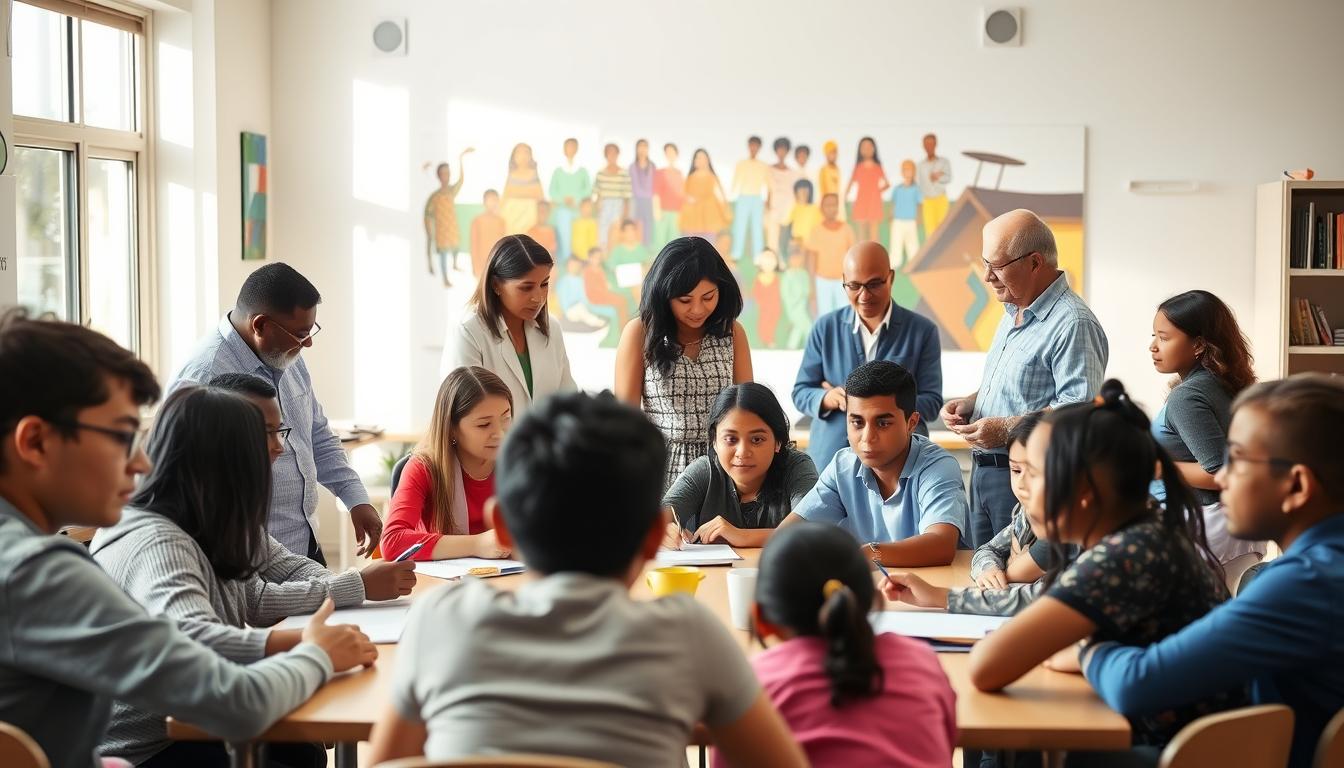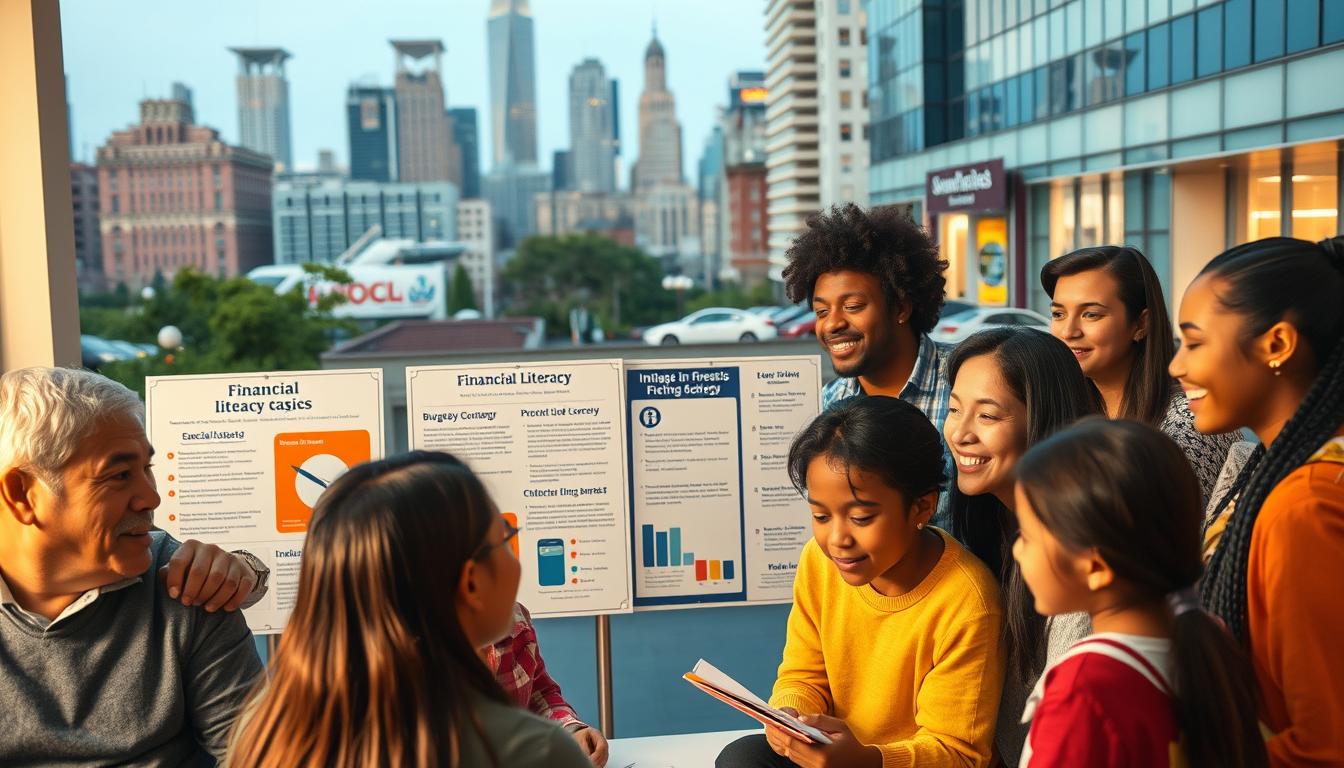Open Educational Platforms Every Student Should Explore in 2025
In 2025, students have unprecedented access to high-quality learning materials thanks to a new wave of digital resources. Institutions like MIT OpenCourseWare (OCW) lead the charge, offering free course content that spans disciplines from engineering to climate science. These tools empower learners to study at their own pace, whether they’re supplementing schoolwork or exploring new fields independently.
These resources break down traditional barriers by connecting students to materials from top universities. For example, MIT’s OCW helps educators improve curricula while enabling self-learners to tackle global issues like sustainable development. Similarly, directories like MOOCs.org simplify finding specialized classes, from K-12 topics to corporate training programs.
The shift toward accessible education reflects broader technological advancements. Interactive tools, multimedia content, and updated teaching methods cater to diverse learning styles. This evolution makes 2025 a pivotal year, as institutions prioritize user-friendly designs and real-world applications.
Students now save costs while gaining flexibility—no longer bound by geography or rigid schedules. They access cutting-edge research and methodologies, preparing them for careers in fast-changing industries. This section explores how to navigate these platforms effectively, maximizing their potential for academic and professional growth.
Introduction to Open Educational Platforms
Digital innovation has transformed how knowledge is shared globally. Modern tools allow educators and learners to access materials without traditional restrictions. These systems prioritize adaptability, enabling users to tailor content for specific needs.
Overview of Open Educational Resources
Open educational resources (OER) are freely available materials designed for flexible use. Unlike standard textbooks, they operate under licenses permitting editing, sharing, and redistribution. Teachers often combine videos, lesson plans, and interactive elements to build dynamic curricula.
How Open Platforms Enhance Learning Accessibility
Financial barriers dissolve as these tools eliminate textbook costs and subscription fees. Students in rural areas or developing nations gain equal access to high-quality content. A biology student in Nebraska can study the same advanced research as peers in New York.
Customizable formats address diverse learning preferences. Visual learners benefit from infographics, while hands-on activities engage kinesthetic students. This flexibility helps educators meet individual needs without expensive materials.
What Are Open Educational Platforms?
Modern learning environments combine free access with collaborative tools to reshape how knowledge spreads. These systems act as digital hubs where users find, adapt, and share materials. They differ from traditional models by prioritizing flexibility over rigid structures.
Definition and Core Concepts
These platforms fall into three categories. Directories list available materials across the web, like digital libraries. Interactive tools let users modify content or create lessons. Repositories store institution-specific resources, such as university lecture collections.
All share core principles: zero cost, adaptable licensing, and community-driven improvements. A biology module from one source can be remixed with chemistry diagrams from another. This approach encourages innovation while maintaining academic standards through peer reviews.
Distinguishing Open Educational Resources from Traditional Tools
Unlike paid textbooks or closed software, these resources remove paywalls and editing restrictions. Teachers can update statistics examples yearly without publisher approval. Students access the latest research without library logins.
Quality checks come from global networks instead of single institutions. For example, a math tutorial might gain credibility through educator ratings rather than corporate endorsements. This model supports diverse learning needs while cutting costs for schools and learners.
Exploring Open Educational Platforms and Their Benefits
“Two-thirds of U.S. students skip buying required materials due to cost,” reveals Cable Green of Creative Commons. This reality drives demand for freely available alternatives that boost academic success while cutting expenses. Let’s examine how modern systems reshape learning experiences for all.
Key Benefits for Students and Educators
Students using OER-based courses show 14% higher pass rates than textbook users, according to a 2024 study. Free access lets learners revisit complex topics through videos, quizzes, and interactive simulations. A nursing student might practice virtual patient scenarios repeatedly without subscription limits.
Educators gain creative control over materials. A physics professor could merge MIT lecture notes with NASA datasets to build custom lessons. “Traditional resources feel like rigid roadmaps,” says a community college instructor. “Now I design content that mirrors my students’ lives.”
Affordable Learning and Flexible Access
Digital tools eliminate $1,200 annual textbook costs for average college students. Rural learners stream lectures during farm work breaks, while night-shift workers complete assignments at 3 AM. Platforms automatically adjust content for screen readers or slow internet connections.
Global collaboration thrives as teachers share culturally adapted resources. A Kenyan math module gets localized examples through educator feedback loops. This process maintains academic standards while respecting regional contexts—no corporate approvals needed.
Top Open Educational Platforms to Explore in 2025
Educators and learners in 2025 will find diverse systems designed to simplify content creation and sharing. These tools adapt to various needs, from building custom lessons to collaborating across institutions.
MERLOT Content Builder and Its Features
MERLOT’s free webpage tool helps teachers design courses without coding skills. Users create portfolios, lesson plans, and quizzes while ensuring quality through built-in review checklists. The 10MB upload limit supports multimedia integration, making complex topics like engineering concepts easier to grasp.
OER Commons and Community Collaboration
This network connects instructors from preschool to university levels. A high school physics teacher might improve their curriculum using MIT-developed lab simulations shared by peers. The search tool indexes contributions globally, letting users filter materials by grade level or subject in seconds.
Curriki, Wikibooks, and Connexions: A Comparative Look
Three systems serve different needs:
- Curriki focuses on K-12 resources, offering robotics guides and media literacy projects
- Wikibooks uses crowd-edited textbooks updated weekly by volunteers
- Connexions breaks subjects into reusable modules—ideal for building custom courses
Each tool excels in specific areas. Curriki supports parent-teacher collaboration, while Connexions simplifies course design through its modular approach. Students preparing for tech careers might combine Wikibooks’ coding tutorials with MERLOT’s project templates.
Best Practices for Utilizing Open Educational Platforms
Adopting free digital tools effectively requires strategic planning for both instructors and learners. Teachers can maximize impact by aligning resources with curriculum goals while maintaining flexibility for diverse needs. Regular updates and peer collaboration ensure materials stay relevant in fast-paced academic environments.
Strategies for Educators
Start by curating high-quality OER that match course objectives. A biology teacher might combine virtual lab simulations with peer-reviewed lesson plans to replace outdated textbooks. Use collaborative platforms to share revised materials—like adding local climate data to an ecology module.
Build feedback loops with students to identify gaps. For example, AP Physics classes could integrate interactive problem sets for tough concepts. Schedule quarterly reviews to refresh content, ensuring alignment with current research and standards.
Tips for Maximizing Student Engagement
Encourage learners to customize their experience. Let students choose between video lectures or text-based guides for complex topics like calculus. Gamified quizzes and progress trackers help maintain motivation in self-paced classes.
Connect materials to real-world applications. A history teacher might pair primary source archives with podcast creation tools. This approach builds critical thinking while catering to varied learning styles. Regular check-ins and peer discussion forums further deepen understanding.
FAQ
What defines an open educational platform?
How do OER platforms differ from paid tools?
Which platforms are leading in 2025 for college-level courses?
Can educators earn certifications through these tools?
How do these resources improve accessibility?
What strategies help teachers integrate OER effectively?
Are there quality controls for user-generated content?
Published on: 14 de July de 2025

Luke Martin
Luke Martin, author of Credwallets.com, is a mathematics graduate with a specialization in financial markets. Known for his love of pets and his passion for sharing knowledge, Luke created the site to provide valuable insights into the complexities of the financial world. His approachable style and dedication to helping others make informed financial decisions make his work accessible to all, whether they're new to finance or seasoned investors.







